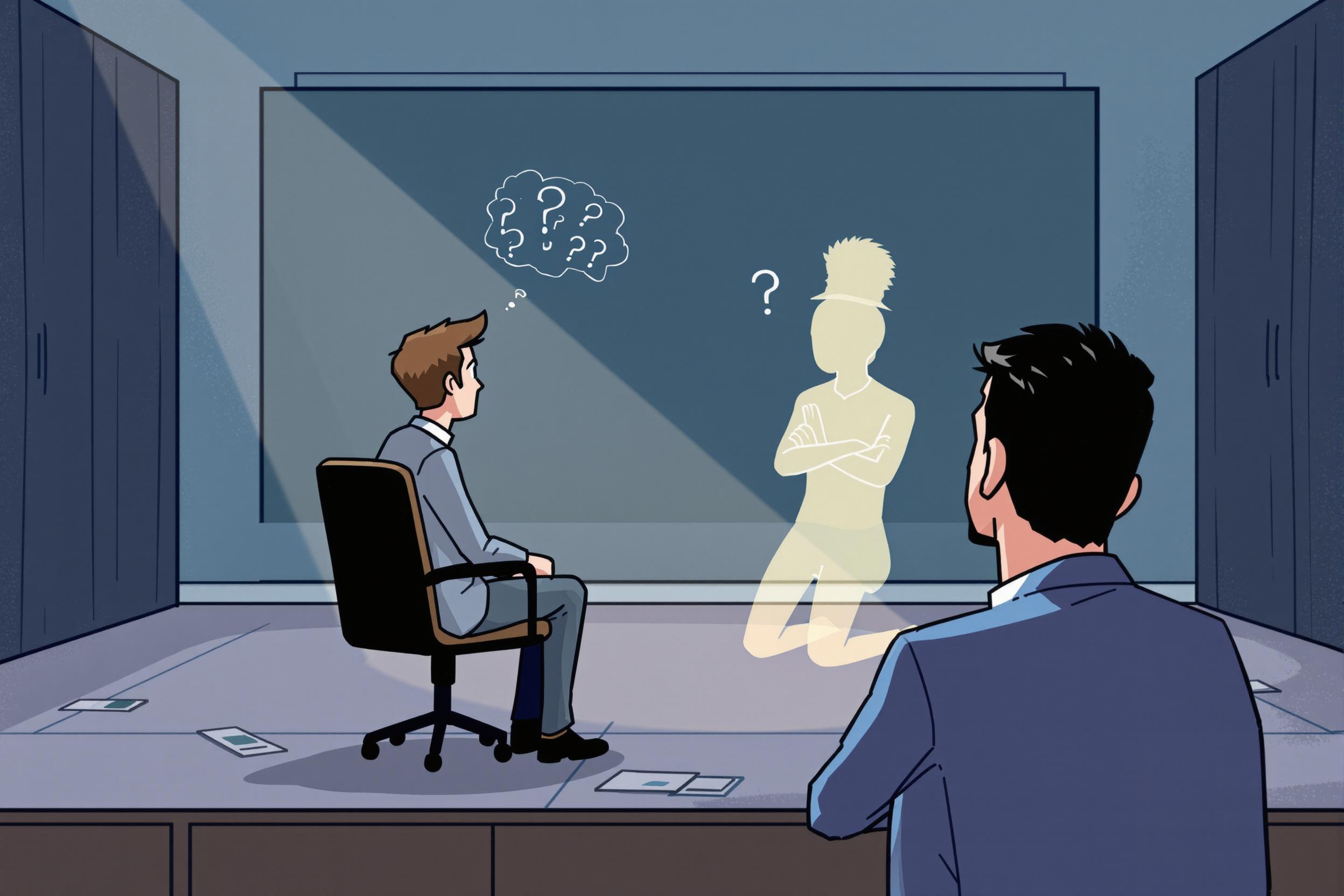
Chemical Immobilization
Chemical Immobilization is a safe method used by wildlife professionals to temporarily sedate animals for medical care, research, or relocation. It's like giving an animal carefully measured sleeping medicine so professionals can work with them safely. Wildlife managers and veterinarians use special equipment and drugs to put animals to sleep temporarily without harming them. This skill is essential when working with large or dangerous animals in zoos, wildlife parks, or natural habitats. Other common terms for this are "wildlife tranquilization," "wildlife sedation," or "chemical restraint."
Examples in Resumes
Performed over 50 Chemical Immobilization procedures on large mammals for health assessments
Trained junior staff in safe Chemical Immobilization and Wildlife Sedation techniques
Led Chemical Restraint operations during emergency wildlife rescue situations
Typical job title: "Wildlife Immobilization Specialists"
Also try searching for:
Where to Find Wildlife Immobilization Specialists
Professional Organizations
Job Boards
Training Resources
Example Interview Questions
Senior Level Questions
Q: How do you handle an emergency situation where an immobilized animal has an adverse reaction?
Expected Answer: Should explain safety protocols, reversal drug procedures, monitoring vital signs, and emergency response steps in simple terms. Should mention team coordination and backup plans.
Q: Describe your experience training others in chemical immobilization techniques.
Expected Answer: Should discuss teaching safety procedures, proper drug handling, equipment use, and mentoring experience. Should emphasize importance of following protocols and regulations.
Mid Level Questions
Q: What factors do you consider when planning a chemical immobilization procedure?
Expected Answer: Should mention animal size, species, health condition, weather conditions, location safety, and team preparation. Should demonstrate understanding of basic planning needs.
Q: How do you ensure proper dosage calculations for different species?
Expected Answer: Should explain basic calculation methods, use of reference materials, consultation with veterinarians, and importance of accurate weight estimation.
Junior Level Questions
Q: What safety equipment is required for chemical immobilization?
Expected Answer: Should list basic safety gear like gloves, protective clothing, proper drug storage containers, and emergency equipment.
Q: Describe the basic steps of a chemical immobilization procedure.
Expected Answer: Should outline simple steps: preparation, approach, delivery method, monitoring, and recovery phases of the procedure.
Experience Level Indicators
Junior (0-2 years)
- Basic animal handling
- Safety protocols understanding
- Equipment maintenance
- Team assistance duties
Mid (2-5 years)
- Independent procedure execution
- Drug calculations and administration
- Emergency response handling
- Basic training abilities
Senior (5+ years)
- Complex procedure management
- Staff training and supervision
- Emergency situation leadership
- Program development
Red Flags to Watch For
- No formal training in wildlife handling
- Lack of proper certifications
- No experience with safety protocols
- Poor understanding of animal behavior
- No emergency response experience
Need more hiring wisdom? Check these out...

Ghostbusting in Recruitment: How to Keep Candidates Engaged

Ghosted Again? How to Stop Candidates from Disappearing and Start Engaging Them Better

Reducing Time-to-Hire: Practical Strategies Using AI Tools

